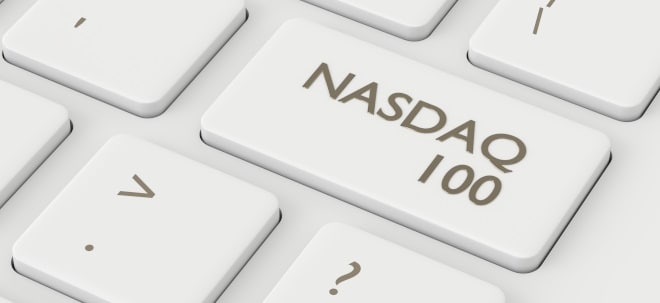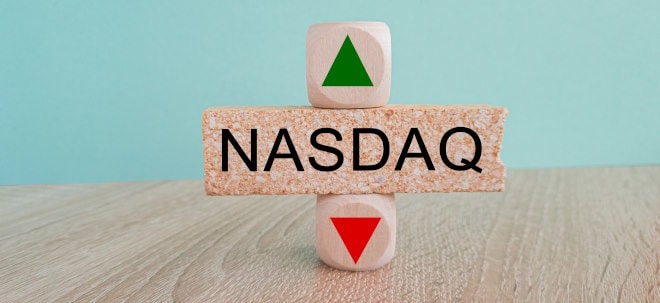Sehr informativer Artikel, den jeder Investor u. Interessent im Graphit-Sektor durchlesen sollte. Riding the graphite bull Andrew Topf | March 27, 2012
Chris Berry, founder of Mountain Partners asset management company, provided an interesting summary of the graphite space while speaking at the recent Graphite Express Conference in Vancouver.
The conference featured a keynote address from Berry and 5-minute presentations from some of the key graphite explorers, including Zimtu Capital Corp., Northern Graphite, Lomiko Metals, Strike Graphite, Focus Metals, Graphite One Resources, First Graphite, and Standard Graphite. A similar conference followed in Toronto.
Investor interest in graphite has been growing. Last December saw the first graphite conference in London, UK presented by online journal Industrial Minerals.
The journal has a useful page on graphite and provides the following key facts on the mineral: - graphite comes in three forms: amorphous, flake and vein/lump. Amorphous graphite contains 70-75% carbon and is the most common. Flake graphite is 85-90% carbon and is used for higher value applications like batteries. Vein/lump graphite is 90-96% carbon and is most valuable because it requires the least processing.
- graphite is used in refractories – used to line high-temperature equipment; pencils; lithium-ion batteries – used in consumer electronics and electric vehicles; fuel cells; and Pebble Bed nuclear reactors. It is used in foundries, lubricants and brake linings. Graphite is also used to produce graphene, a tightly packed single layer of carbon atoms that can be used to make inexpensive solar panels, powerful transistors, and even a wafer-thin tablet that could be the next-generation iPad.
- Graphene, extremely light and strong, has been called “the world’s next wonder material.”
- the closure of graphite mines in China, which produces 75% of the world’s graphite, has resulted in a fall in global graphite production to 1.3 million tonnes per annum in 2011. Like rare earths, China is restricting the export of graphite to protect its own domestic industries. The second largest producer is India, followed by Brazil, North Korea, Austria and Canada.
- Graphite exploration is focused in Canada, with eight companies exploring properties in Quebec and Ontario. Europe has a number of mothballed mines that could return to production.
Berry, a former Wall Street broker and co-publisher of the Morning Notes investment newsletter, presents the case for graphite as a key solution in solving the global dilemma of how to provide electrification to millions in the developing world, and as a critical metal for developing new battery and nuclear power technology.
What follows below are his key points:
- The United States, Europe and China have included graphite among a short list of critical metals.
- the US Geological Service estimates the graphite market to be 10 times the size of the market for rare earth elements. The graphite market is about the same size as the market for nickel. 60% of the market is amorphous graphite and 40% is flake graphite. Most of the growth is in flake graphite (see bullet point below)
- natural graphite can be processed to make synthetic graphite useful for high-value applications like lithium-ion batteries, but the process is expensive – $10,000 to $20,000/ton versus $3-4,000/t for flake graphite. The result is a race to find the best flake graphite deposits.
- graphite is different from gold, silver, copper, etc because users require a specific carbon purity level. “It’s security of supply that keeps you up at night,” says Berry.
- 33% of the graphite market produces refractories and crucibles (used in foundries); only 5% is for batteries. But the lithium-ion battery market is expected to grow by 25% a year.
- Three of the largest lithium-ion battery makers in the world, GS Yuasa Corp, LG Chem and Liotech, a consortium between Russia and China, are building the largest lithium-ion battery plant in the world, in Russia. “Just these three heavy hitters in the battery space are making multi-million dollar bets on the future of lithium-ion technology, which cannot push forward without graphite,” says Berry.
- future uses of graphite could include vanadium-redox batteries and hydrogen fuel cells. Graphite could also potentially replace silicon in microchips and silver used in solar panels.
- by 2020 world consumption of graphite will be 1.9m tonnes, which does not include graphite needed for batteries, fuel cells and Pebble Bed nuclear reactors.
- China will require 400,000 tonnes of large flake graphite for Pebble Bed nuclear reactors and lithium-ion batteries will require 327,000 tonnes. The current supply of large flake graphite is 400,000t, so there will be a need to double the supply of large flake graphite used in batteries and nuclear reactors in the next eight years. ”The takeaway is if you buy into the electrification thesis, and I’m halfway right, demand should easily outstrip supply,” says Berry.
Gary Economo, CEO of Focus Metals, also makes a number of useful points about graphite in his recently penned article in Proactive Investors USA & Canada. A select few appear below: - If there is any doubt about graphite’s importance as a commodity, one only has to look at the trebling of market prices for 97% graphite concentrate during the last decade.
- Green, off-petroleum technologies are driving demand growth towards a market bubble that even a tsunami of new global production will be unable to deflate by 2020.
- Industrial Minerals reports that graphite prices between mid-2011 and the end of January 2012 appear to have stabilized after dropping through the end of last year.
- A current surplus of product in the world market and end-user depletion of stockpiles contributed to the downturn.
- The United States produces no graphite and is 100% dependent on imports to meet its industrial and technology needs. As a continental neighbor, it makes sense for Canada to look south first, then Europe and Asia as it builds its customer base.
Quelle: http://www.mining.com/2012/03/27/riding-the-graphite-bull/ |


 Thread abonnieren
Thread abonnieren



